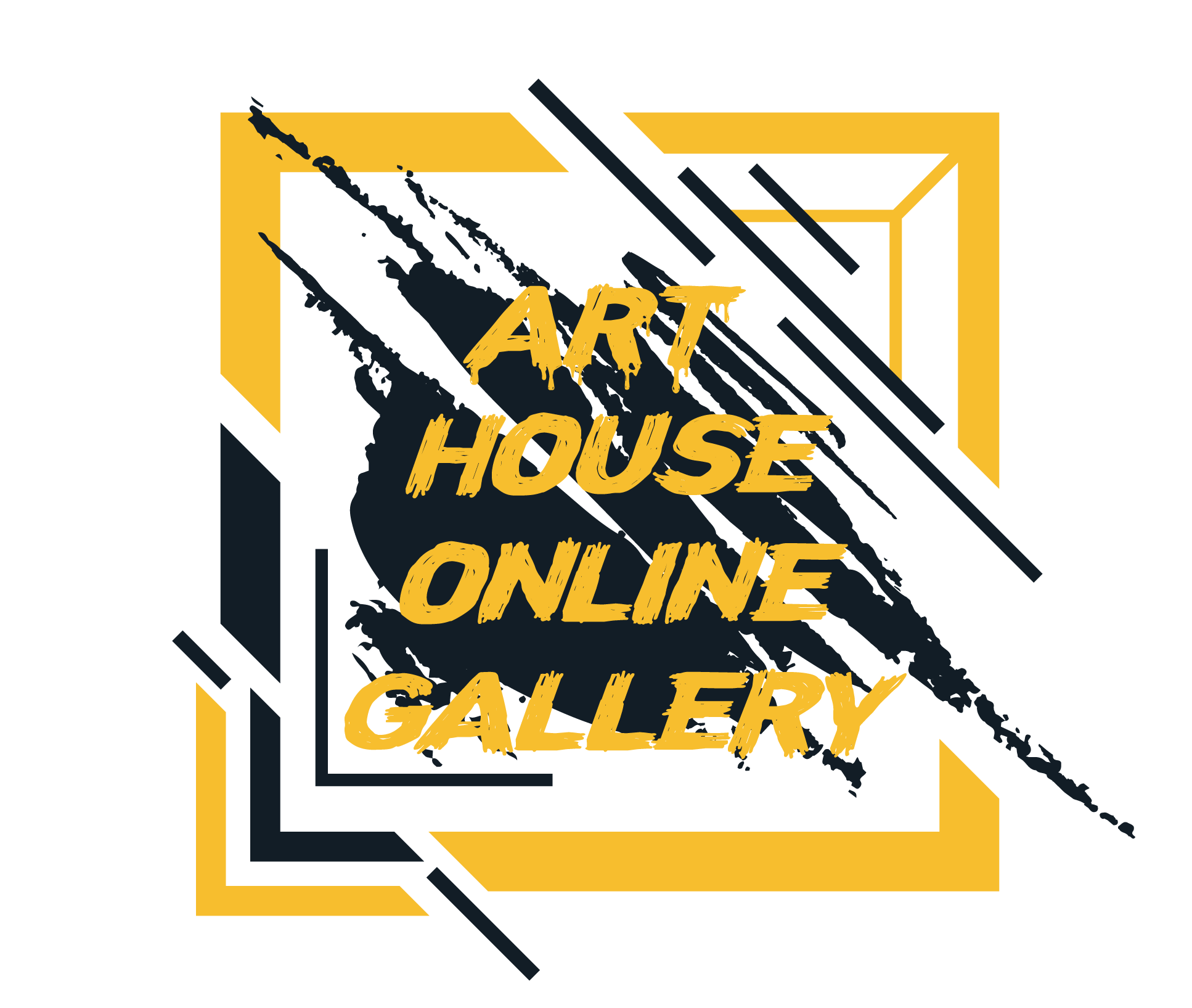The Droste effect
The Droste effect is a recursive visual phenomenon where an image contains a smaller version of itself, which in turn contains an even smaller version of itself, and so on, creating an infinite loop of self-replication. This effect is named after the Dutch cocoa brand Droste, which prominently featured a nurse holding a tray with a box of cocoa, and the box itself displays the same image, creating a recursive pattern.
Here’s how the Droste effect is typically achieved:
- Base Image: The process starts with a base image that contains a recognizable subject or scene. This can be anything from a photograph of a landscape to a portrait of a person.
- Inset Image: Within the base image, a smaller version of the same image is inserted, usually in a specific location or context within the composition. This inset image can be scaled and positioned to fit seamlessly within the larger image.
- Repeat: The process is repeated recursively, with each iteration of the image containing a smaller version of itself. Each subsequent iteration is typically scaled down and positioned relative to the previous one, creating the illusion of depth and perspective.
- Adjustments: Depending on the desired effect, adjustments may be made to the scaling, positioning, and transparency of each iteration to create a visually pleasing and seamless transition between layers.
The Droste effect is commonly used in graphic design, advertising, and digital art to create visually striking and conceptually intriguing compositions. It plays with the viewer’s perception and invites exploration of the image’s recursive structure. With the advent of digital image editing software, creating Droste effect images has become more accessible, allowing artists and designers to experiment with different variations and applications of the technique.
Many people read our art newsletter ; you should too!
